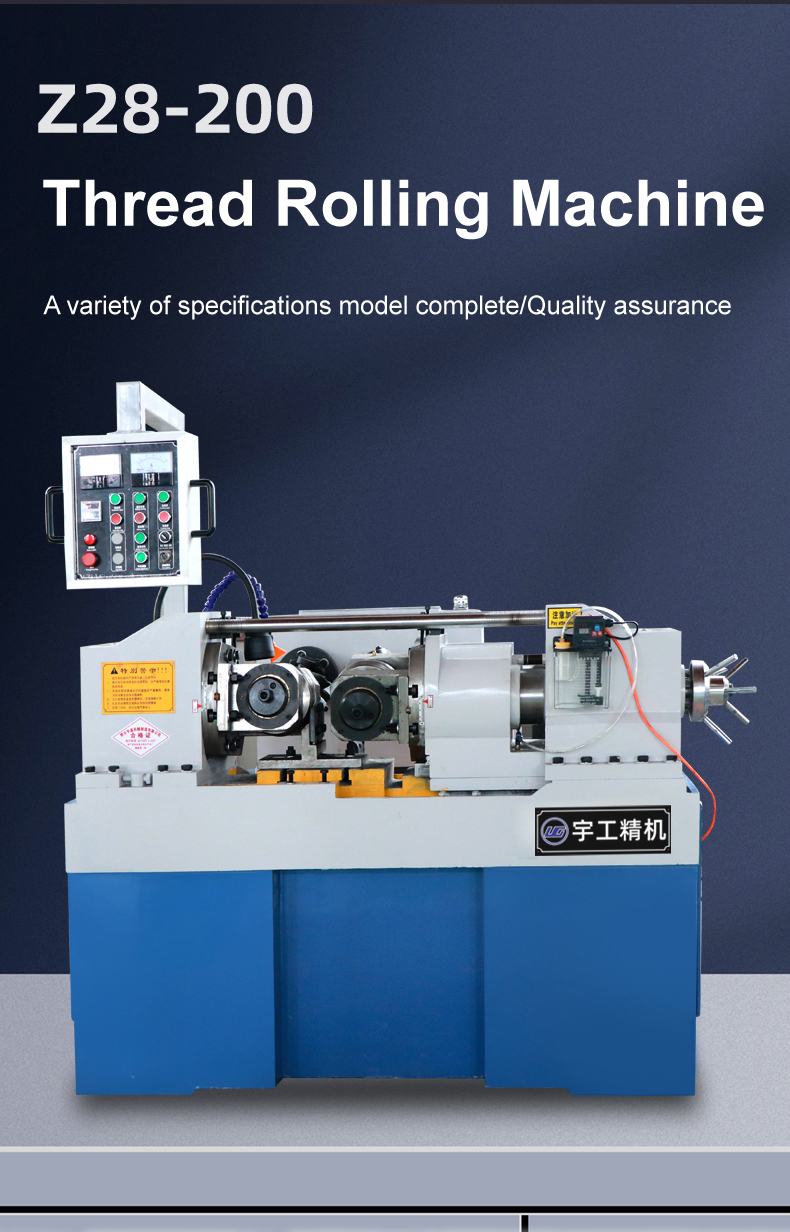
-
 Afrikaans
Afrikaans -
 Albanian
Albanian -
 Amharic
Amharic -
 Arabic
Arabic -
 Armenian
Armenian -
 Azerbaijani
Azerbaijani -
 Basque
Basque -
 Belarusian
Belarusian -
 Bengali
Bengali -
 Bosnian
Bosnian -
 Bulgarian
Bulgarian -
 Catalan
Catalan -
 Cebuano
Cebuano -
 Corsican
Corsican -
 Croatian
Croatian -
 Czech
Czech -
 Danish
Danish -
 Dutch
Dutch -
 English
English -
 Esperanto
Esperanto -
 Estonian
Estonian -
 Finnish
Finnish -
 French
French -
 Frisian
Frisian -
 Galician
Galician -
 Georgian
Georgian -
 German
German -
 Greek
Greek -
 Gujarati
Gujarati -
 Haitian Creole
Haitian Creole -
 hausa
hausa -
 hawaiian
hawaiian -
 Hebrew
Hebrew -
 Hindi
Hindi -
 Miao
Miao -
 Hungarian
Hungarian -
 Icelandic
Icelandic -
 igbo
igbo -
 Indonesian
Indonesian -
 irish
irish -
 Italian
Italian -
 Japanese
Japanese -
 Javanese
Javanese -
 Kannada
Kannada -
 kazakh
kazakh -
 Khmer
Khmer -
 Rwandese
Rwandese -
 Korean
Korean -
 Kurdish
Kurdish -
 Kyrgyz
Kyrgyz -
 Lao
Lao -
 Latin
Latin -
 Latvian
Latvian -
 Lithuanian
Lithuanian -
 Luxembourgish
Luxembourgish -
 Macedonian
Macedonian -
 Malgashi
Malgashi -
 Malay
Malay -
 Malayalam
Malayalam -
 Maltese
Maltese -
 Maori
Maori -
 Marathi
Marathi -
 Mongolian
Mongolian -
 Myanmar
Myanmar -
 Nepali
Nepali -
 Norwegian
Norwegian -
 Norwegian
Norwegian -
 Occitan
Occitan -
 Pashto
Pashto -
 Persian
Persian -
 Polish
Polish -
 Portuguese
Portuguese -
 Punjabi
Punjabi -
 Romanian
Romanian -
 Russian
Russian -
 Samoan
Samoan -
 Scottish Gaelic
Scottish Gaelic -
 Serbian
Serbian -
 Sesotho
Sesotho -
 Shona
Shona -
 Sindhi
Sindhi -
 Sinhala
Sinhala -
 Slovak
Slovak -
 Slovenian
Slovenian -
 Somali
Somali -
 Spanish
Spanish -
 Sundanese
Sundanese -
 Swahili
Swahili -
 Swedish
Swedish -
 Tagalog
Tagalog -
 Tajik
Tajik -
 Tamil
Tamil -
 Tatar
Tatar -
 Telugu
Telugu -
 Thai
Thai -
 Turkish
Turkish -
 Turkmen
Turkmen -
 Ukrainian
Ukrainian -
 Urdu
Urdu -
 Uighur
Uighur -
 Uzbek
Uzbek -
 Vietnamese
Vietnamese -
 Welsh
Welsh -
 Bantu
Bantu -
 Yiddish
Yiddish -
 Yoruba
Yoruba -
 Zulu
Zulu
High-Performance Flat Die Thread Rolling Machines for Precision Manufacturing and Enhanced Production Efficiency
High-Quality Flat Die Thread Rolling Machine An Essential Tool for Precision Manufacturing
In the realm of modern manufacturing, achieving precision and efficiency in producing threaded components is paramount. One of the most effective methods of thread formation is through the use of a flat die thread rolling machine. This machine is designed to produce high-quality threads on cylindrical workpieces, offering superior surface finishes and dimensional accuracy when compared to traditional cutting methods.
How It Works
The flat die thread rolling machine operates on a simple yet effective principle. It utilizes two flat dies, which are precision-engineered profiles that impress threads onto a blank metal workpiece. As the workpiece is fed between these dies, it is subjected to significant pressure, resulting in the cold forming of threads. This cold forming process not only enhances the mechanical properties of the material but also produces threads that are stronger and more durable.
One of the key advantages of using a flat die thread rolling machine is its ability to accommodate various thread sizes and profiles. This versatility allows manufacturers to produce a wide range of threaded components, from small screws and bolts to larger industrial fasteners, all with consistent quality. Furthermore, the machine's adjustable settings enable operators to fine-tune the parameters according to specific production requirements, ensuring optimal performance regardless of the materials being used.
Benefits of Using Flat Die Thread Rolling Machines
1. Enhanced Strength and Durability Cold forming processes improve the grain structure of the metal, resulting in threads that possess greater tensile strength and resistance to wear. This is particularly advantageous in high-stress applications, such as automotive and aerospace industries.
high quality flat die thread rolling machine

2. Superior Surface Finish The rolling process eliminates the need for additional machining, resulting in smoother threads with minimal surface defects. This not only improves the aesthetic appeal of the finished product but also reduces the likelihood of thread galling during assembly.
3. Cost-Effectiveness The efficiency of flat die thread rolling machines can lead to significant cost savings in both labor and material. The process generates minimal scrap, and the speed of production can lead to higher output rates, thus lowering per-unit costs.
4. Environmentally Friendly Because the thread rolling process is a cold working method, it generates less heat and waste compared to traditional machining processes. This makes it a more environmentally friendly option for manufacturers looking to reduce their carbon footprint.
5. Quick Setup and Changeover Advanced flat die thread rolling machines come equipped with digital controls and quick-change features that allow for rapid setup and tool changeover. This flexibility facilitates the production of small batches and custom orders without significant downtime.
Conclusion
As industries increasingly demand higher precision and efficiency, flat die thread rolling machines have emerged as a critical tool in the manufacturing process. Their ability to produce high-quality threads with exceptional strength and surface finishes makes them indispensable across various sectors, including automotive, aerospace, and general engineering.
Investing in a high-quality flat die thread rolling machine is not just about enhancing production capabilities; it’s about ensuring that the final products meet rigorous quality standards while remaining cost-effective. As technology continues to evolve, these machines are becoming even more sophisticated, incorporating automation and advanced monitoring systems that promise to further revolutionize the way threaded components are manufactured. For manufacturers aiming to stay competitive in today's market, embracing the advantages of flat die thread rolling technology is a step toward sustained innovation and success.
